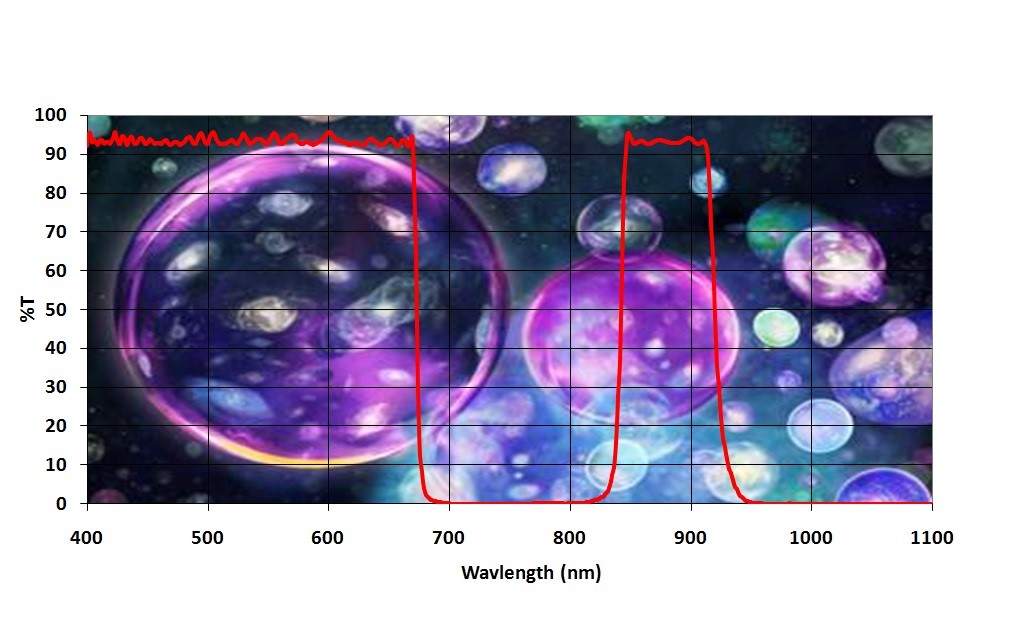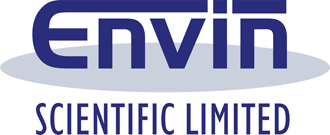
Micron spectroscopy uses optical filters near infrared
A new micron-level spectroscopy technique uses optical filters near infrared to detect the chemical composition of particles based on how they respond to being heated. Shining an infrared laser on tiny particles causes them to heat up due to absorption of the light, although this does not have any lasting effects, allowing it to be used as a non-destructive imaging technique.
MIT Research on Infared Observations
Researchers at MIT have now published a paper in the journal Optics Letters describing a technique that combines infrared lasers with visible green light lasers, allowing observations to be made in the visible green light area of the spectrum. As a result, the detectors used can be about the size of a shoe box, allowing the method to be used in portable detectors and in locations like airports, where microscopic amounts of certain chemicals could be a crucial security concern if detected. Co-author Alexander Stolyarov points out that the method can detect all of the chemicals illuminated by the pair of lasers at any one time, making it effective for field measurements rather than individual particles. “If there are two very different particles in the field of view, we’re able to identify each of them,” he said. “We can simultaneously probe multiple particles on the surface at the same time.”
Promising Applications in the Real World
The technique is still very much in the preliminary stages, but the researchers are already planning more rigorous tests, including whether the method is effective on non-spherical particles or in environments where interference is an issue due to the presence of other chemicals besides the one being measured. However, for now, it seems their method allows spatial resolution down to the micron level, rather than the 10 microns that might usually be expected. Combined with the portability of the compact detector, this holds good promise for optical imaging of the chemical properties of particles in the real world, with potential applications in airports and other travel terminals, as well as stadiums and other such public spaces.
If you’re interested in finding out about Envin’s own range of Optical Filters, browse our extensive range of products. If you need more information on how Envin can help you, get in contact with a member of the team today.

